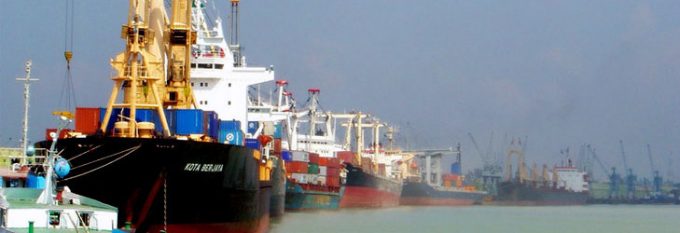Major box lines eye opportunities in India's coastal trades
More mega container lines are considering venturing into Indian coastal operations for domestic cargo movement, ...

Major container lines have devised new strategies to serve customers in the Indian subcontinent region, while continuing to capitalise on high-premium cargo needing larger tonnage.
And MSC and CMA CGM, both members of alliances, have taken the plunge with standalone shuttle services.
MSC has launched multiple services ...


Comment on this article